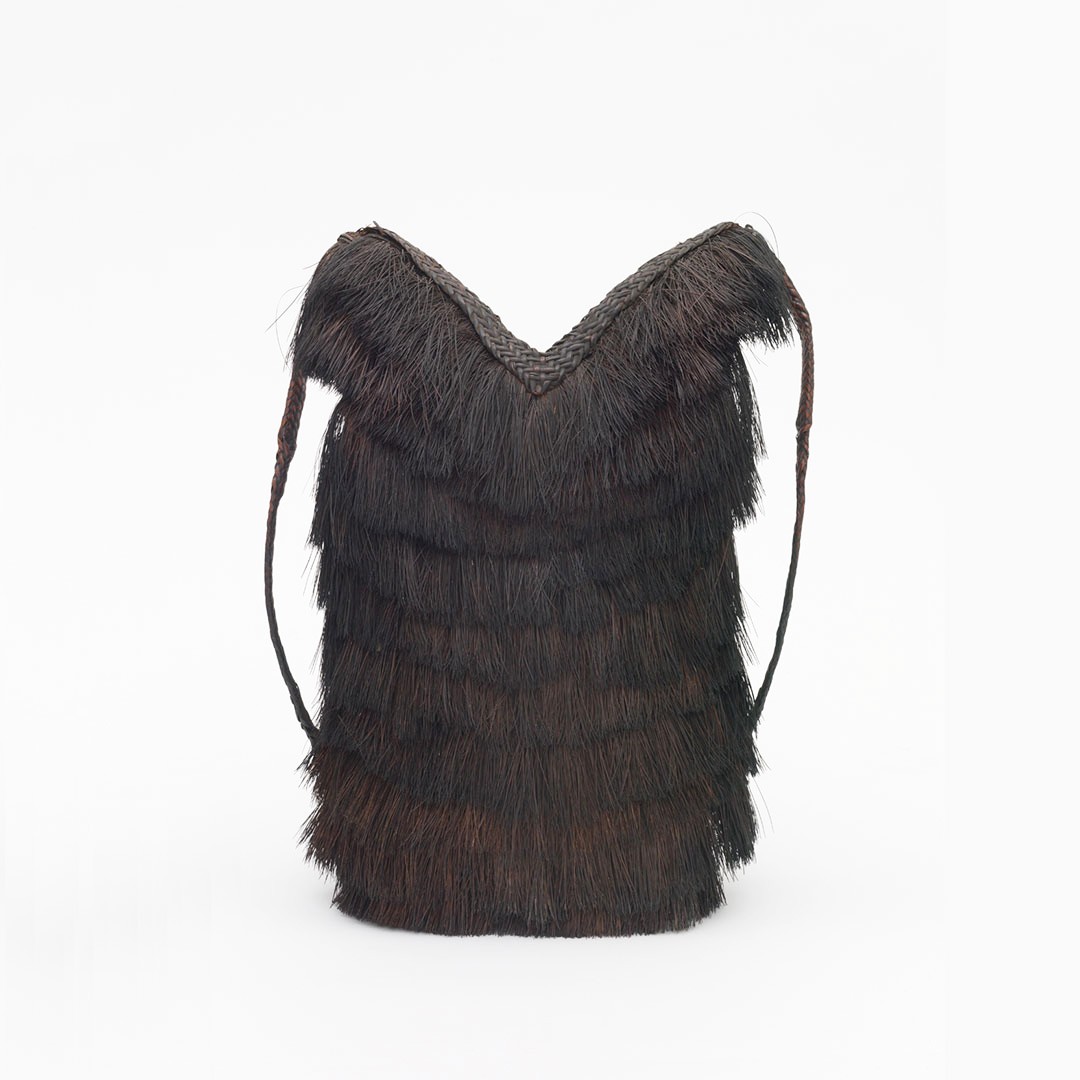MAPPING PHILIPPINE MATERIAL CULTURE
09.12.2021
This backpack made of bamboo, rotang (or rattan), plant fibres and wood was produced in the first half of the twentieth century in the northern part of the Filipino island of Luzon. It was made by the Ifugao, one of the largest Austronesian ethnic groups out of more than 170 in the present-day Philippines. In 1964, William Beyer, the son of ethnologist Henry O. Beyer, sold the backpack and several other objects to the institution now known as the Weltkulturen Museum.
The backpack had possibly been collected even earlier than that, for Henry O. Beyer had lived on Luzon since the start of the twentieth century and William Beyer, whose mother was herself Ifugao, lived in the Philippines and had grown up there. The backpack is part of the South-East Asian collection at the Weltkulturen Museum, which contains around 500 objects from the territory of the present-day Philippines; however, in recent years public access to the objects has rarely been feasible. Since November 2021, it has been possible to access almost the entire Philippines collection online via the website MAPPING PHILIPPINE MATERIAL CULTURE.
MAPPING PHILIPPINE MATERIAL CULTURE is a project of the Philippine Studies forum at SOAS University of London. The aim is to generate a comparative discourse by digitally collating objects from the Philippines that are held by museums outside the country. An exchange with international collections is also facilitated by the English-language website.
The collection of the Weltkulturen Museums can be seen here.
 Backpack. Ifugao, Luzon, Philippines. Bamboo, rotang, plant fibres, wood. Collected by William Beyer, 1964. Collection Weltkulturen Museum. Photo: Wolfgang Günzel
Backpack. Ifugao, Luzon, Philippines. Bamboo, rotang, plant fibres, wood. Collected by William Beyer, 1964. Collection Weltkulturen Museum. Photo: Wolfgang Günzel Backpack. Ifugao, Luzon, Philippines. Bamboo, rotang, plant fibres, wood. Collected by William Beyer, 1964. Collection Weltkulturen Museum. Photo: Wolfgang Günzel
Backpack. Ifugao, Luzon, Philippines. Bamboo, rotang, plant fibres, wood. Collected by William Beyer, 1964. Collection Weltkulturen Museum. Photo: Wolfgang Günzel
